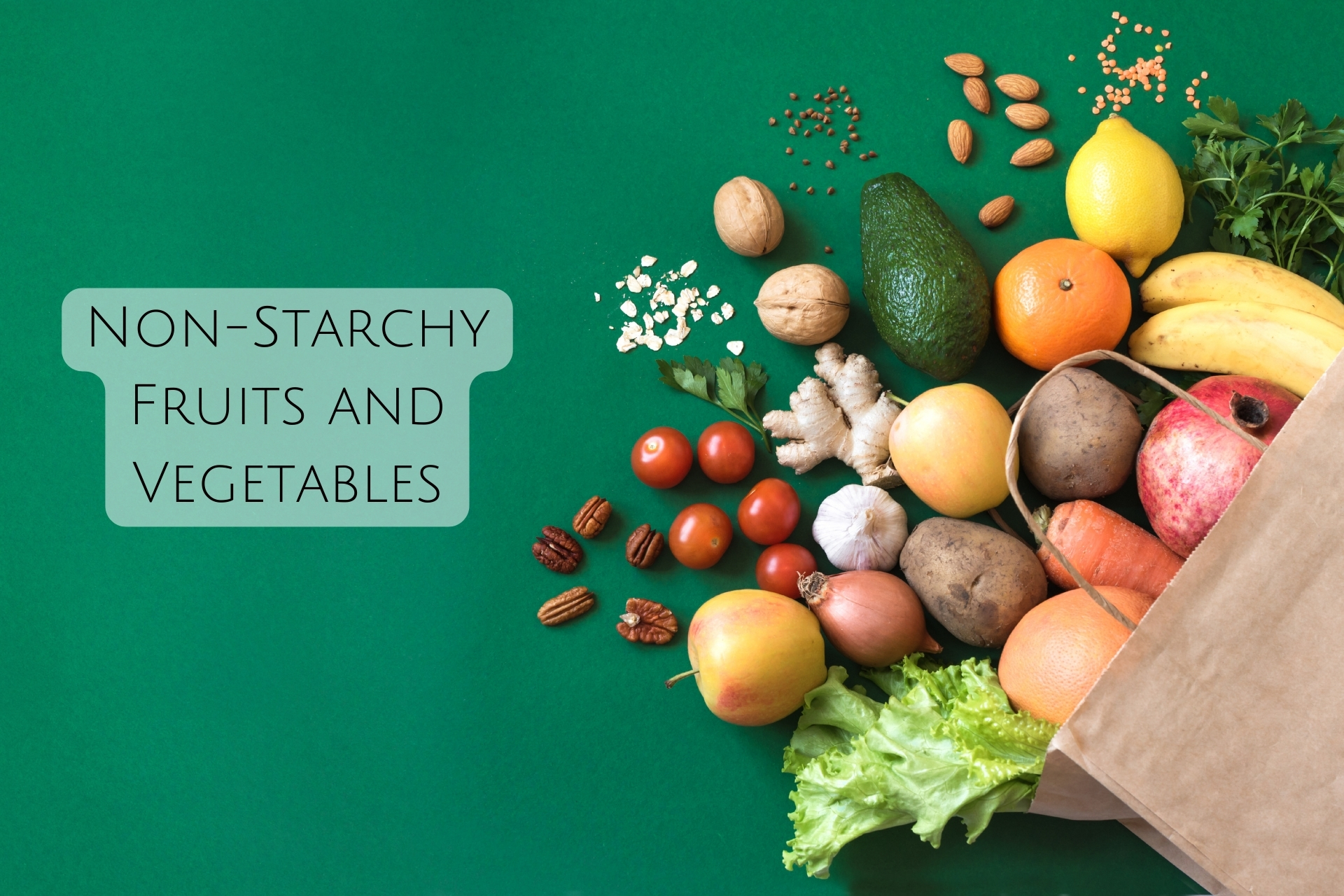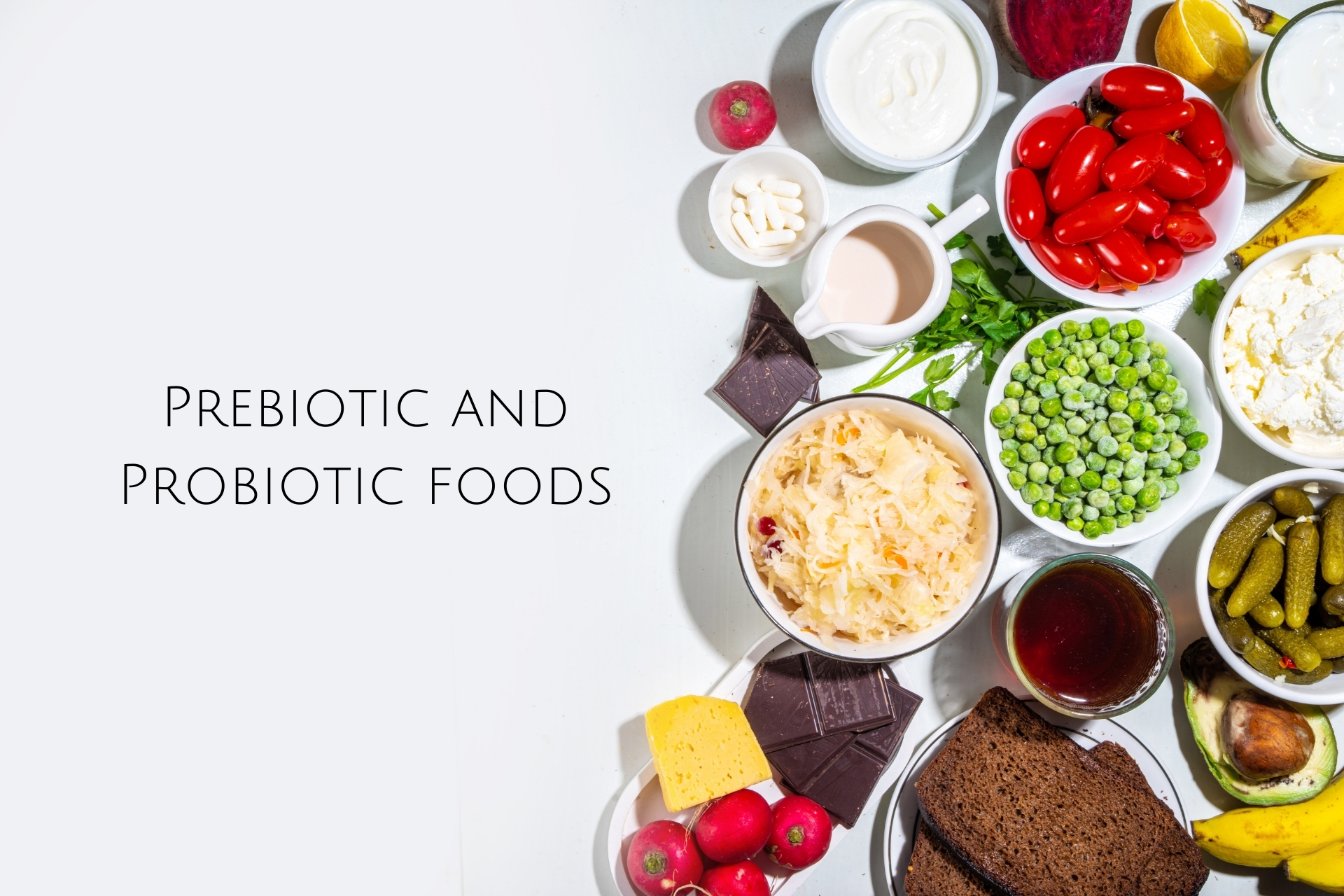The Best Microbiome Diet Plan from A Nutritionist's Perspective
The Microbiome Diet is a diet that aims to improve health and reduce disease risk by improving your gut microbiome. The diet is based on the idea that the bacteria in our digestive system, called the microbiome, play a significant role in our health and well-being. In this article, we will explore how you can use the Microbiome Diet to make your life healthier and more enjoyable.
The microbiome is a term used to describe the trillions of bacteria living in our bodies that are essential for good health. The microbiome has a huge impact on our health, and it is important to know what it is and how we can maintain it.
The Microbiome Diet is a diet that focuses on eating foods that are high in fiber, resistant starch, and prebiotics. These foods help keep the gut healthy and healthy bacteria alive. By eating these foods, you can help your body function better and feel more energized.
The Microbiome Diet claims that eating these fermented foods can help reduce inflammation and support weight loss by improving digestion and nutrient absorption. It also claims that it can help prevent chronic diseases like diabetes, heart disease, cancer, and autoimmune disorders like rheumatoid arthritis or lupus erythematosus.
Many people have started adopting this diet to improve their health because of its many benefits such as weight loss, improved digestion, improved immunity, reduced inflammation, and reduced risk for diseases like diabetes or heart disease. The microbiome diet is a type of low-carb, high-fat, plant-based diet. This type of diet has been shown to help people lose weight and prevent diseases such as diabetes and cancer.
What can you Eat?

Your microbiome is the collection of bacteria, fungi, and other microorganisms that live in your body. Your microbiome can affect your health in many ways, including how you digest food and how you respond to stress.
The microbiome diet is a new trend that has been gaining momentum over the last few years. It is all about eating foods that are good for your microbiome.
What you need to know

To understand what a microbiome diet is, it is important to first understand what a microbiome is.
Your microbiome is the community of organisms that live in your body and contribute to your health. They are also known as gut flora or intestinal flora. There are many different types of bacteria that make up your gut flora, but there are only three types of bacteria that you need for a healthy ecosystem:
- Bacteroidetes
- Firmicutes
- Proteobacteria
These three types have an equal ratio to each other and keep your gut healthy.
The Four R’s
The Four R’s are a set of principles that can help you maintain a healthy microbiome. They are:
1. Renewal: Replace the good bacteria in your gut every 3-6 months
2. Replace: Use probiotics to replace your gut's good bacteria after you've gone through periods of illness or antibiotics
3. Restriction: Avoid foods that feed bad bacteria and feed the good ones instead.
4. Rebound: Consume fermented foods, like kombucha, to help restore balance after periods of imbalance
Metabolic Boost
The microbiome is a community of microorganisms that live on and in our bodies. It is the largest ecosystem in the human body.
The microbiome diet is one of the most popular diets around today. The diet focuses on eating foods that are good for your gut, like vegetables, fruits, nuts, seeds, and whole grains.
The Metabolic Boost refers to the boost in energy levels that people experience when they start following this type of diet.
Lifetime Tune-Up

The Lifetime Tune-Up is a diet plan that focuses on the microbiome; it aims to improve digestion and immune system function by rebalancing your gut flora. The program includes recipes, food journaling, meal planning, workout plans, and more.
The lifetime tune-up diet provides a unique approach to improving digestion by focusing on one's microbiome. The program includes recipes for different meals as well as food journaling to help with meal planning.
Non-Starchy Fruits and Vegetables

A healthy diet should include non-starchy fruits and vegetables that provide fiber for gut health as well as vitamins and minerals to support normal body functions.
Prebiotic and Probiotic foods

Prebiotics are food ingredients that support the growth of healthy gut bacteria by providing food for them to eat. Probiotics are live microorganisms (e.g., bacteria) that provide health benefits when consumed in adequate amounts as part of a healthy diet and lifestyle.
Prebiotic and Probiotic foods are essential for the health of your microbiome. These foods help feed your gut bacteria, which in turn helps to maintain a healthy gut.
There is a huge variety of prebiotic and probiotic foods that you can try out. Some examples are:
- Fermented vegetables such as sauerkraut, kimchi, pickles
- Cacao nibs
- Raw honey, etc.
Packaged Foods

The microbiome has been discovered to have an impact on our health in many ways. Some people have reported that they feel better after changing their diet to include more whole foods and less packaged foods.
Packaged food companies are now looking into ways to develop healthier products while still appealing to consumers who want convenience. One way they are doing this is by adding probiotics into their products so that consumers can enjoy a healthy lifestyle without having to change their diet entirely.
Prons & Cons

Pros:
The microbiome is a term that refers to the collection of microorganisms that live in a particular environment, such as the human body. The microbiome has a huge impact on our health and well-being.
The Microbiome Diet is an evidence-based approach to dieting that incorporates the latest findings on gut health, nutrition, and exercise. It's designed to help you lose weight, improve your gut health and look better than ever!
Cons:
Restrictive: Restrictive diets can cause a variety of health problems and have been known to be ineffective. The microbiome diet is a diet that focuses on foods that can help maintain the gut microbiota in order to prevent diseases.
Unsubstantiated claims: The microbiome is the collection of microbes that live in different parts of the human body. It is estimated that there are more than 100 trillion microbes in the human body and each person has their own unique set of microbes.
Recent Posts
-
From Stress to Serenity: Real-Life Success Stories of Adaptogen Use
While lifestyle changes like exercise, meditation, and a healthy diet are essential for managing str
-
The Long-Term Effects of Chemical Exposure on Human Health
The Long-Term Effects of Chemical Exposure on Human Health Chemical exposure is an inevitable part o
-
How AMH Levels Affect Fertility: What You Need to Know
Fertility is a deeply personal journey, shaped by a range of factors including genetics, age, lifest





